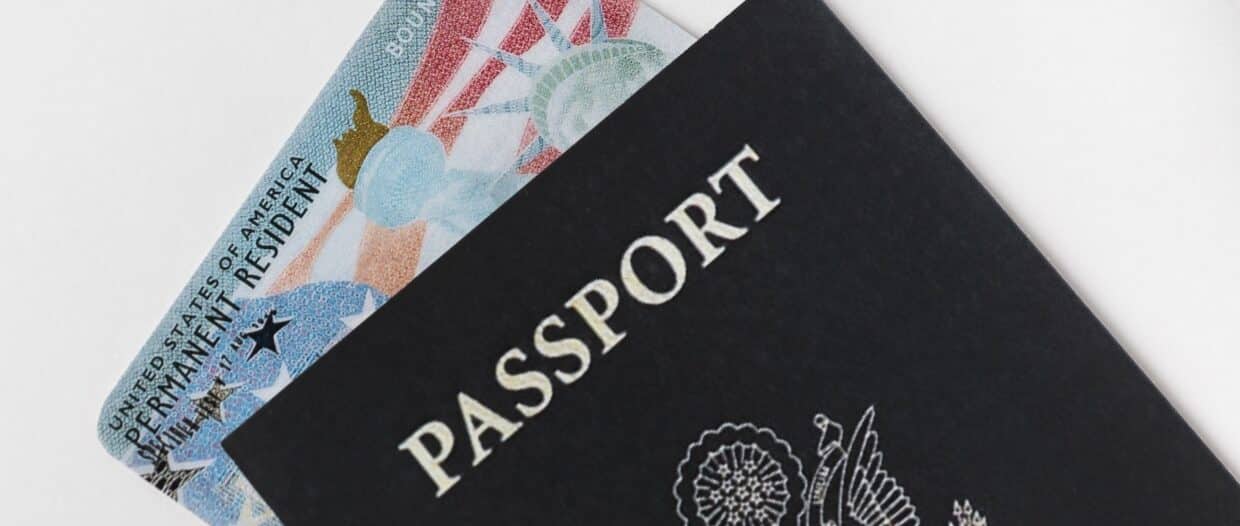This guide shares practical, expert-backed advice on building a smarter FWRA – helping legal firms strengthen AML compliance with clearer data, better templates, and more realistic assessments. … Read More
Blog

Why firm-wide risk assessments fail – and what to do about it
Many law firm risk assessments fall short. This guide explores common failures and offers practical steps to build effective, SRA-compliant FWRAs using real operational data. … Read More

HMRC AML fines surge 177%: A data-driven analysis of four years of compliance failures
HMRC AML fines surged 177% over four years. This blog explores key enforcement trends, most fined sectors and regions, common breaches, and the evolving financial impact of non-compliance. … Read More

100+ new UK sanctions against Russia signal tougher AML scrutiny
Over 100 new UK sanctions on Russia raise compliance pressure, demanding faster AML updates, sharper monitoring, and proactive regulatory readiness. … Read More

What Europol’s Serious and Organised Crime Threat Assessment (SOCTA) means for AML compliance teams
Europol’s SOCTA report reveals rising organised crime threats. AML teams must adapt risk assessments, enhance due diligence, and use tech to combat evolving financial crime. … Read More

Building an AML solution in-house: What it takes and the compliance challenges that follow
Building an in-house AML solution offers control and customisation but brings complex compliance challenges, technical demands, and ongoing regulatory risks. Weigh the benefits against costs, expertise, and long-term viability. … Read More

Build vs buy for AML software: Which offers the best fit for compliance?
Buying an AML solution ensures faster deployment, lower risk, and continuous compliance updates, making it the smarter choice for most firms over costly, resource-intensive in-house development. … Read More

How to get remote identity verification right: A game plan for seamless customer onboarding and AML compliance
Remote verification is key to seamless onboarding and AML compliance. Firms must balance security, compliance, and user experience with tech, fraud detection, and ongoing monitoring to meet regulatory standards and prevent financial crime. … Read More

How poor ID&V processes fail customers – and your business
Efficient ID&V processes are essential for trust, compliance, and customer satisfaction. Outdated methods cause delays, errors, and customer drop-offs, leading to revenue losses. Automated verification tools enhance accuracy, streamline onboarding, and improve compliance while delivering a seamless customer experience. … Read More

Why traditional customer ID verification is broken and how it’s costing your business
Customer identity verification (ID&V) is crucial for compliance and fraud prevention, yet outdated processes drive customer abandonment, rising costs, and fraud risks. Embracing streamlined digital tools improves security, compliance, and user experience. … Read More
